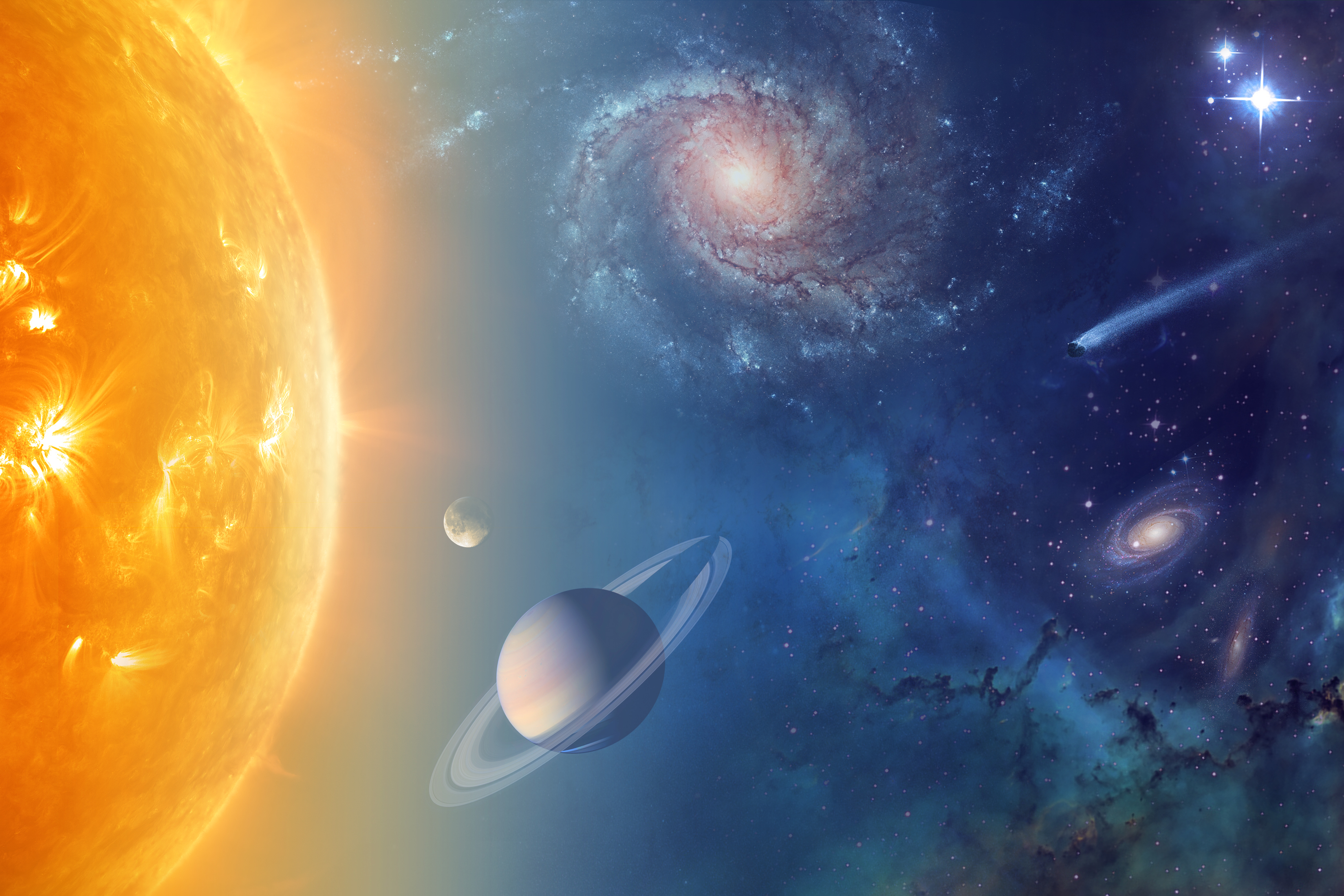From Exoplanets to Galaxies: NASA Chooses 6 Missions for Further Study

Six astrophysics programs selected for further study by NASA have science goals across the universe, ranging from exoplanets to galaxies.
This round of choices for NASA's Explorers Program, announced Aug. 9, includes three Explorer missions ($250 million each) and three missions of opportunity ($70 million each).
Each team has the chance to do a concept study. Scientific evaluations will be performed on each study, then NASA will select one Explorer mission and one mission of opportunity to fund in 2019. The expected launch dates would fall in 2022. [The Biggest Space Missions to Watch in 2017]
The three mission proposals (each receiving $2 million for the concept study), according to a NASA statement, are:
- Arcus. The mission would look at stars, galaxies and galaxy clusters with X-ray spectroscopy. The goal is to learn more about the gas around these objects, as well as how the gas and the objects interact. The principal investigator is Randall Smith, an astrophysicist at the Smithsonian Astrophysical Observatory in Massachusetts.
- Fast INfrared Exoplanet Spectroscopy Survey Explorer (FINESSE). This mission would study how planets are formed, their climate, and the origins and evolution of their atmospheres. Its goal is to get information about at least 500 exoplanets, ranging from super-Earths to gas giants. The principal investigator is Mark Swain, an exoplanet scientist at NASA's Jet Propulsion Laboratory (JPL) in California.
- Spectro-Photometer for the History of the Universe, Epoch of Reionization and Ices Explorer (SPHEREx). This mission would image the sky in near-infrared wavelengths. This will reveal information about the beginnings of the universe, how galaxies formed and evolved, and would help reveal if other planets have life. The principal investigator is James Bock, an experimental cosmologist at the California Institute of Technology.
The three missions of opportunity (each receiving $500,000 for the concept study) are:
- Compton Spectrometer and Imager Explorer (COSI-X). This is a telescope that would be mounted in a balloon. The telescope would look at the sky in gamma-ray wavelengths. Its goal is to examine antimatter around the Milky Way's center and radioactive elements from supernovas (star explosions). The principal investigator is Steven Boggs, an astrophysicist at the University of California, Berkeley.
- Transient Astrophysics Observer on the International Space Station (ISS-TAO). This is an X-ray detector for the International Space Station whose primary goal is to look for X-rays that form when neutron stars merge with black holes or other neutron stars. It would also search for supernova shocks, neutron star bursts and gamma-ray bursts. The principal investigator is Jordan Camp, an astrophysicist at NASA's Goddard Space Flight Center in Maryland.
- Contribution to ARIEL Spectroscopy of Exoplanets (CASE). This would provide fine-guidance detectors for the proposed Atmospheric Remote Sensing Infrared Exoplanet Large-Survey (ARIEL) mission, which is led by the European Space Agency. ARIEL's main goal is to look at the wavelengths of light emitted by exoplanets, ranging from super-Earths to gas giants. CASE can proceed only if NASA selects it and if ESA decides to go ahead with ARIEL. The principal investigator is Swain.
Explorers is NASA's longest-running program. Its first mission was Explorer 1 in 1958, which also was the first U.S. satellite. Explorer 1 discovered the Van Allen radiation belts surrounding Earth. More than 90 missions have run under the program, including the Uhuru and Cosmic Background Explorer (COBE) missions that led to Nobel Prizes for their investigators.
"The Explorers Program brings out some of the most creative ideas for missions to help unravel the mysteries of the universe," Thomas Zurbuchen, associate administrator of NASA's science mission directorate, said in the statement. "The program has resulted in great missions that have returned transformational science, and these selections promise to continue that tradition."
Get the Space.com Newsletter
Breaking space news, the latest updates on rocket launches, skywatching events and more!
Follow us @Spacedotcom, Facebook and Google+. Original article on Space.com.
Join our Space Forums to keep talking space on the latest missions, night sky and more! And if you have a news tip, correction or comment, let us know at: community@space.com.

Elizabeth Howell (she/her), Ph.D., was a staff writer in the spaceflight channel between 2022 and 2024 specializing in Canadian space news. She was contributing writer for Space.com for 10 years from 2012 to 2024. Elizabeth's reporting includes multiple exclusives with the White House, leading world coverage about a lost-and-found space tomato on the International Space Station, witnessing five human spaceflight launches on two continents, flying parabolic, working inside a spacesuit, and participating in a simulated Mars mission. Her latest book, "Why Am I Taller?" (ECW Press, 2022) is co-written with astronaut Dave Williams.









